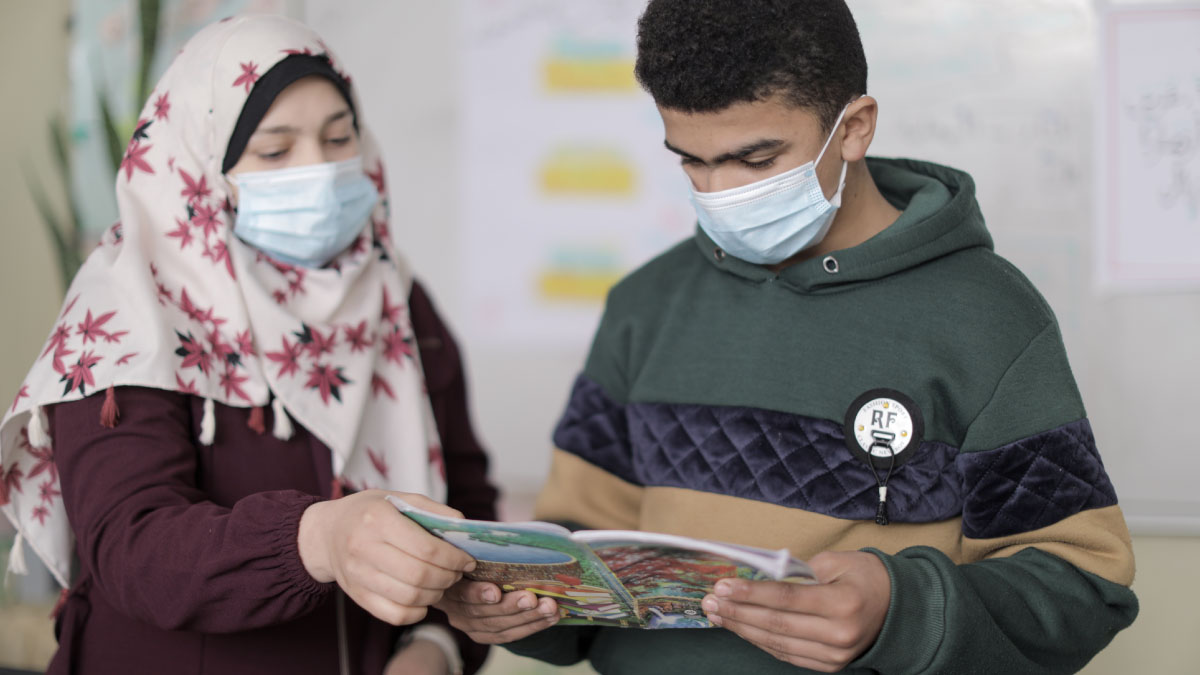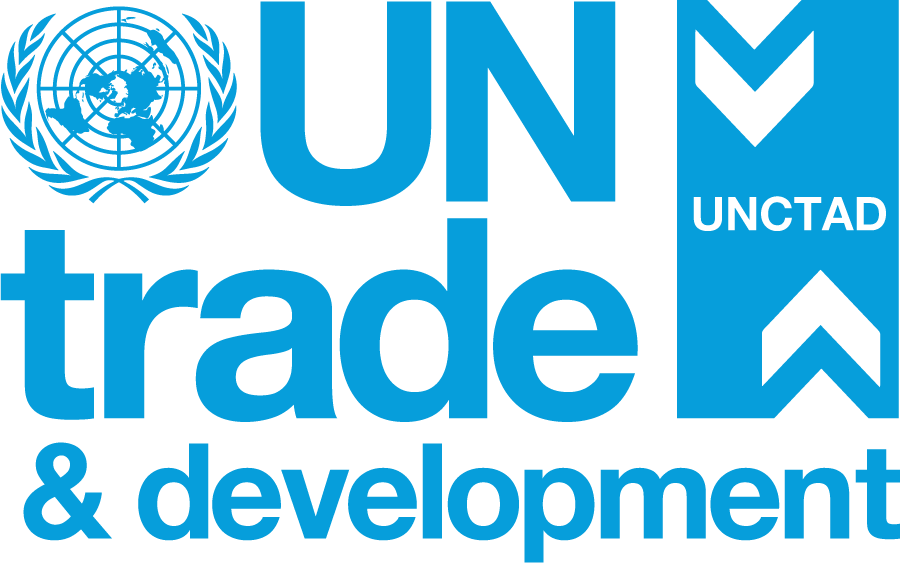New UNCTAD simulations show the coronavirus pandemic will have a significant impact on the already shattered Palestinian economy.

A student at a school in Gaza supported by the United Nations. / © UNRWA
The Palestinian economy is projected to grow by only 3.7% annually between now and 2025, says a new UNCTAD study, as the COVID-19 pandemic continues to limit economic recovery and growth globally.
The forecast is based on new model simulations that show that the pandemic will have a significant impact on the Palestinian economy, already shattered by restrictions and leakage of fiscal resources due to the Israeli occupation.
UNCTAD’s new integrated simulation framework for Palestine suggests that it will take at least two years for the Palestinian economy to recover from the pandemic, as GDP is projected to grow by 11% and 6% in 2021 and 2022 respectively, but only if COVID-19 is contained.
“The new analytical framework is a tool to assist Palestinian policymakers and other stakeholders in formulating sound economic policies,” said Mahmoud Elkhafif, coordinator of UNCTAD’s assistance to the Palestinian people.
“It will help them craft policies guided by a clear understanding and assessment of the impact of alternative, competing policy packages so that they can chart the best course for planning, budgeting and the pursuit of the UN Sustainable Development Goals,” he said.
Low GDP growth, high unemployment rate
Assuming the persistence of the political status quo, the framework projects that the Palestinian GDP will grow at an annual average of 3.4% in the next four years, barely keeping pace with population growth, while unemployment is expected to hover around 30%.
“In the long run, if the current political and economic environment persists, the Palestinian economy cannot generate sufficient jobs to make a dent on the persistently high unemployment and cannot balance the public budget or narrow the trade deficit,” the study says.
According to the study, sustainable socio-economic recovery in the Occupied Palestinian Territory (OPT) requires lifting the blockage on Gaza, easing restrictions imposed by occupation in the West Bank, expanding the policy space and increasing donor support.
Assessing recent developments and trends
The new analytical framework for the Palestinian economy builds on a previous version of the model and seeks to overcome some of its limitations while allowing for more flexibility in assessing recent developments and trends.
UNCTAD developed the first framework in 2006 to capture the structure and modus operandi of the Palestinian economy and model it after the establishment of the Palestinian National Authority.
In 2009, UNCTAD provided the Palestinian Central Bureau of Statistics (PCBS) with an updated version of the framework. PCBS has been using that version to forecast key socio-economic variables and conduct alternative policy simulations and scenario analyses to assess the performance of the Palestinian economy.
Since the development of the first framework, significant structural changes have taken place in the OPT, and more data and information have become available.
Accordingly, UNCTAD deemed it necessary to upgrade the structure and design of its framework and update its macro-econometric modelling of the Palestinian economy.
The new framework performs well in tracking the historical trends and values for the period 1996 to 2018.
Soon after the outbreak of the COVID-19 pandemic in 2020, model simulations suggested that its impact was going to be significant, estimating that the Palestinian economy would shrink by 15.5% last year.
Recent data shows that the economy shrank by 14%, slightly below the framework’s forecast.


